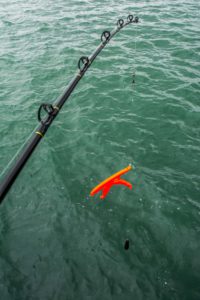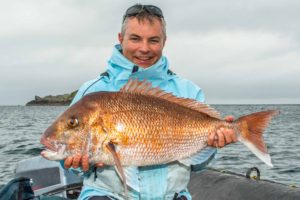Did you know: As a fish is brought to the surface the air in its swim bladder expands. The damage caused by the stomach being pushed into the mouth and pressure on the internal organs is called “Barotrauma”
“The quicker a fish is released the better its chances of getting back down despite the buoyant gas in their gut cavity.
If a fish is lively and its gut cavity isn’t too swollen, then it will probably be able to get back down on its own,
but an exhausted fish with a swollen gut cavity will probably struggle to get back down to a depth where it can recompress.“
Bruce Hartill, NIWA fishery scientist
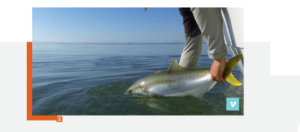
BOAT fishing…
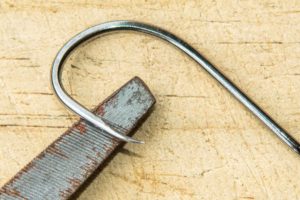
01 Hooks
- Try flattening (or filing down) the barb on your hooks. This makes unhooking the fish easy and causes less damage or stress to the fish during handling.
- Avoid using stainless steel hooks if you can. If the fish escapes with your hook attached, the hook can take a long time to rust and fall free of the fish.
- If the fish has swallowed the hook it is unlikely to survive. Keep gut hooked fish of legal size (within bag limits).
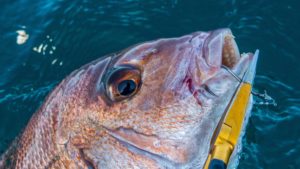
02 Landing Fish
- If possible leave the fish in the water and roll the hook out of its mouth with pliers or a de-hooking device.
- A synthetic rubber landing net is best for securing fish to reduce damage to the scales and eyes. Knotless mesh nets are the second choice.
- If you need to lay a fish down, leave them in the net or place them on a smooth, cool wet surface.
- Contrary to popular belief PLEASE do not use a wet cloth, towel or sponge as they all remove the mucus layer, instead use wet hands where possible.
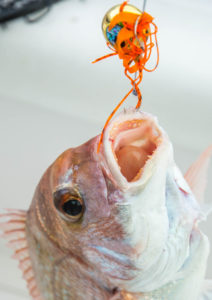
03 Releasing Fish
- If you must release a deep hooked fish cut the line close to its mouth and carefully release as soon as possible.
- A recent Australian study found that snapper healed quickly if a small puncture was made in the protruding stomach to release the gas and allow the fish to swim back down by itself. This is easily done with the point of a sharp hook or similar object that will not cause a large hole or gash. This practice has historically not been encouraged but the study results found it to be just as effective as using a hypodermic needle to release gas from the swim bladder.
Minimising the Effects of Barotruma
While there are a few methods practiced by fishers overseas to help fish return to depth, the descender rig is amongst the easiest and quickest ways of accomplishing this.
A descender rig requires:
- A separate rod/reel that can manage 16-20oz of weight
- A pair of fish grips
- A heavy sinker (16-20oz hapuka‘bombs’ are suitable).


